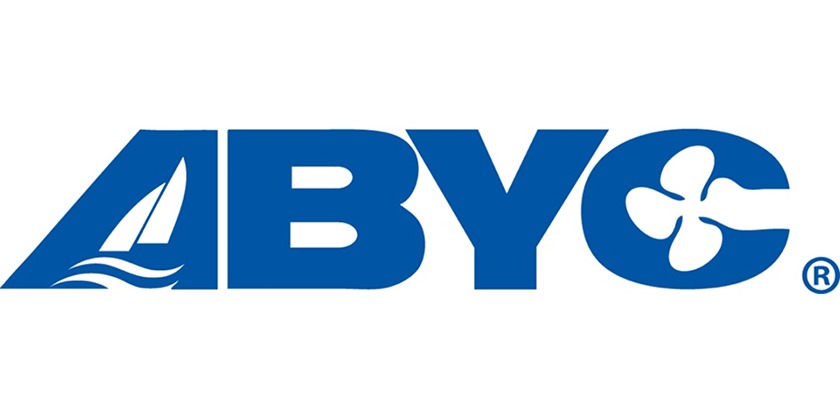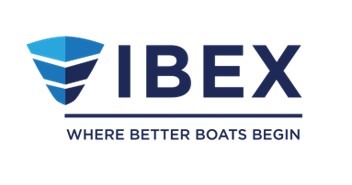The American Conference Board Consumer Confidence Index® Increases Again
 In the United States, the Conference Board Consumer Confidence Index®, which had increased in September, improved again in October. The Index now stands at 72.2 (1985=100), up from 68.4 in September. The Present Situation Index increased to 56.2 from 48.7. The Expectations Index rose to 82.9 from 81.5 last month.
In the United States, the Conference Board Consumer Confidence Index®, which had increased in September, improved again in October. The Index now stands at 72.2 (1985=100), up from 68.4 in September. The Present Situation Index increased to 56.2 from 48.7. The Expectations Index rose to 82.9 from 81.5 last month.
The monthly Consumer Confidence Survey®, based on a probability-design random sample, is conducted for The Conference Board by Nielsen, a leading global provider of information and analytics around what consumers buy and watch. The cutoff date for the preliminary results was October 18.
Says Lynn Franco, Director of Economic Indicators at The Conference Board: “The Consumer Confidence Index increased again in October and is now at its highest level this year. Consumers were considerably more positive in their assessment of current conditions, with improvements in the job market as the major driver. Consumers were modestly more upbeat about their financial situation and the short-term economic outlook, and appear to be in better spirits approaching the holiday season.”
Consumers’ assessment of current conditions improved in October. Those claiming business conditions are “good” rose to 16.5 percent from 15.3 percent, while those saying business conditions are “bad” edged down to 33.1 percent from 33.8 percent. Consumers’ appraisal of the labor market was also more positive. Those stating jobs are “plentiful” increased to 10.3 percent from 8.1 percent, while those claiming jobs are “hard to get” declined to 39.4 percent from 40.7 percent.
Consumers were generally more optimistic about the short-term outlook in October. Those anticipating an improvement in business conditions over the next six months increased to 21.4 percent from 17.9 percent. However, those expecting business conditions to worsen edged up to 15.1 percent from 14.5 percent.
Consumers’ outlook for the labor market was also mixed. Those anticipating more jobs in the months ahead increased to 19.2 percent from 18.1 percent, while those expecting fewer jobs increased to 20.3 percent from 18.7 percent. The proportion of consumers expecting an increase in their incomes edged up to 16.7 percent from 15.9 percent.
























